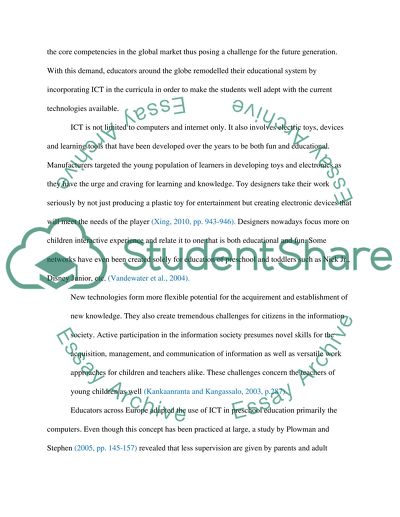Cite this document
(“Vtech kidizoom Junior Camera: an ICT for Children's Learning and Essay”, n.d.)
Vtech kidizoom Junior Camera: an ICT for Children's Learning and Essay. Retrieved from https://studentshare.org/education/1401459-evaluate-and-use-ict-to-support-children-s
Vtech kidizoom Junior Camera: an ICT for Children's Learning and Essay. Retrieved from https://studentshare.org/education/1401459-evaluate-and-use-ict-to-support-children-s
(Vtech Kidizoom Junior Camera: an ICT for Children'S Learning and Essay)
Vtech Kidizoom Junior Camera: an ICT for Children'S Learning and Essay. https://studentshare.org/education/1401459-evaluate-and-use-ict-to-support-children-s.
Vtech Kidizoom Junior Camera: an ICT for Children'S Learning and Essay. https://studentshare.org/education/1401459-evaluate-and-use-ict-to-support-children-s.
“Vtech Kidizoom Junior Camera: an ICT for Children'S Learning and Essay”, n.d. https://studentshare.org/education/1401459-evaluate-and-use-ict-to-support-children-s.


